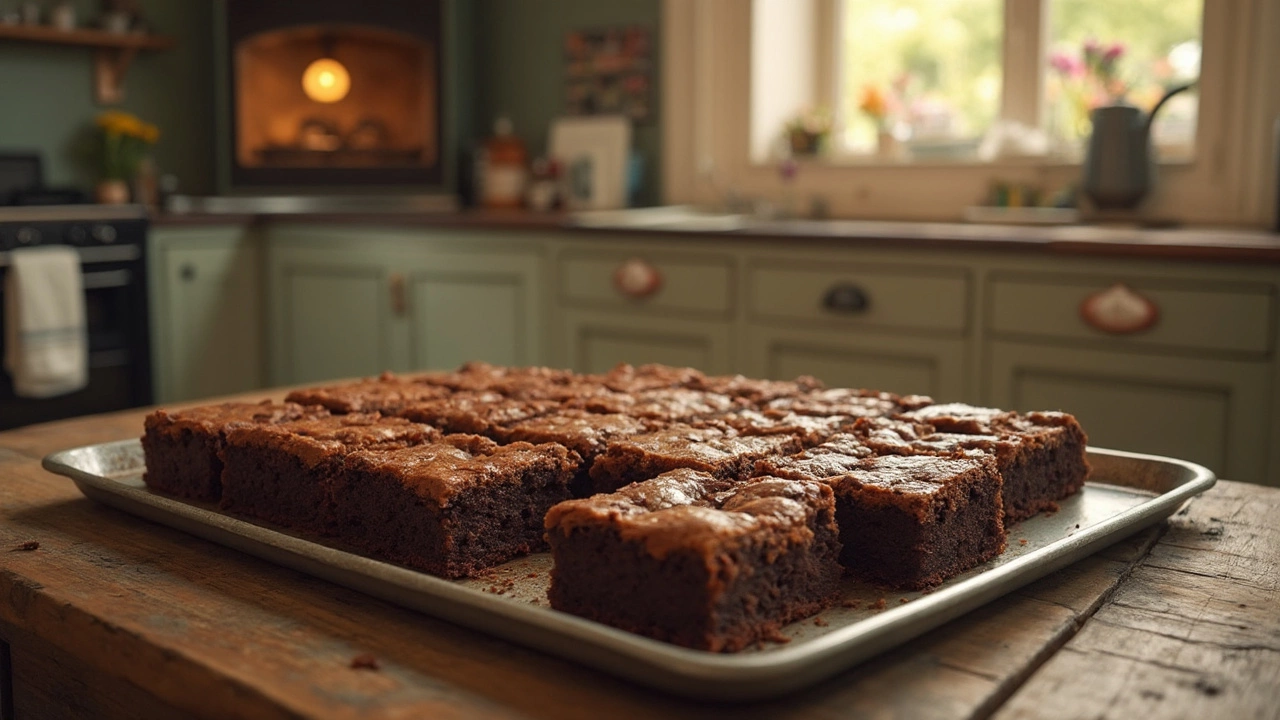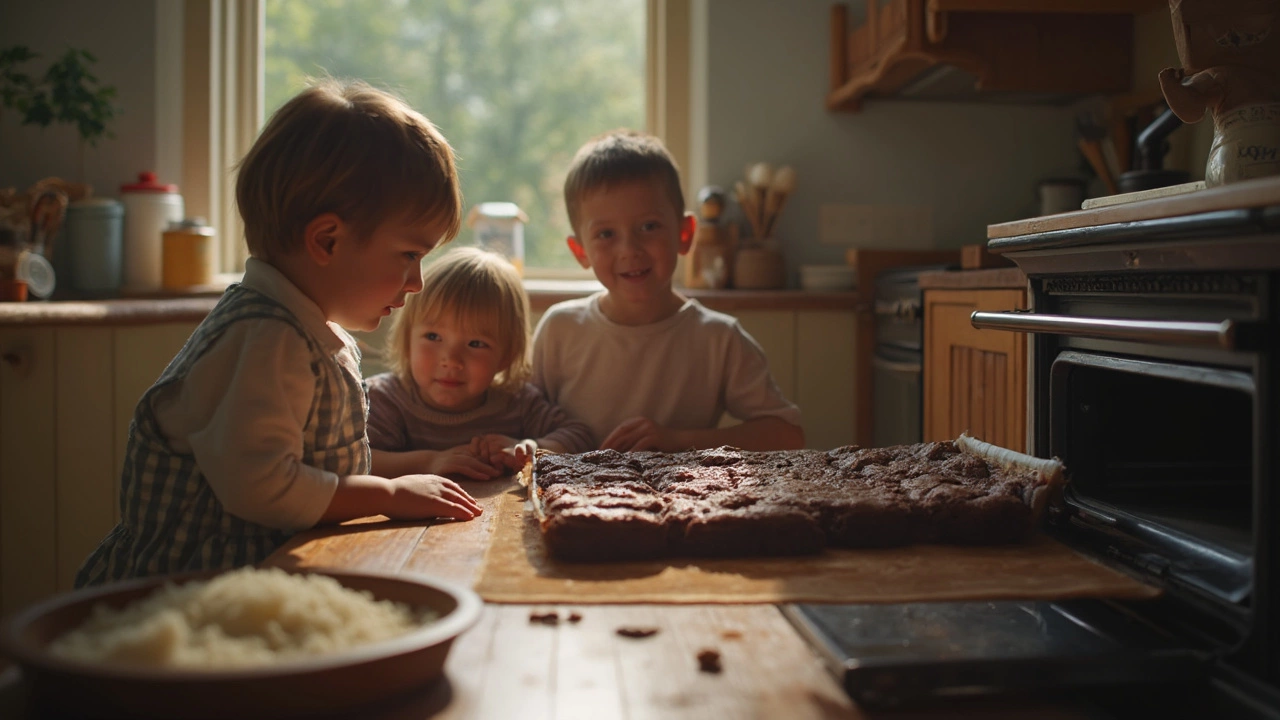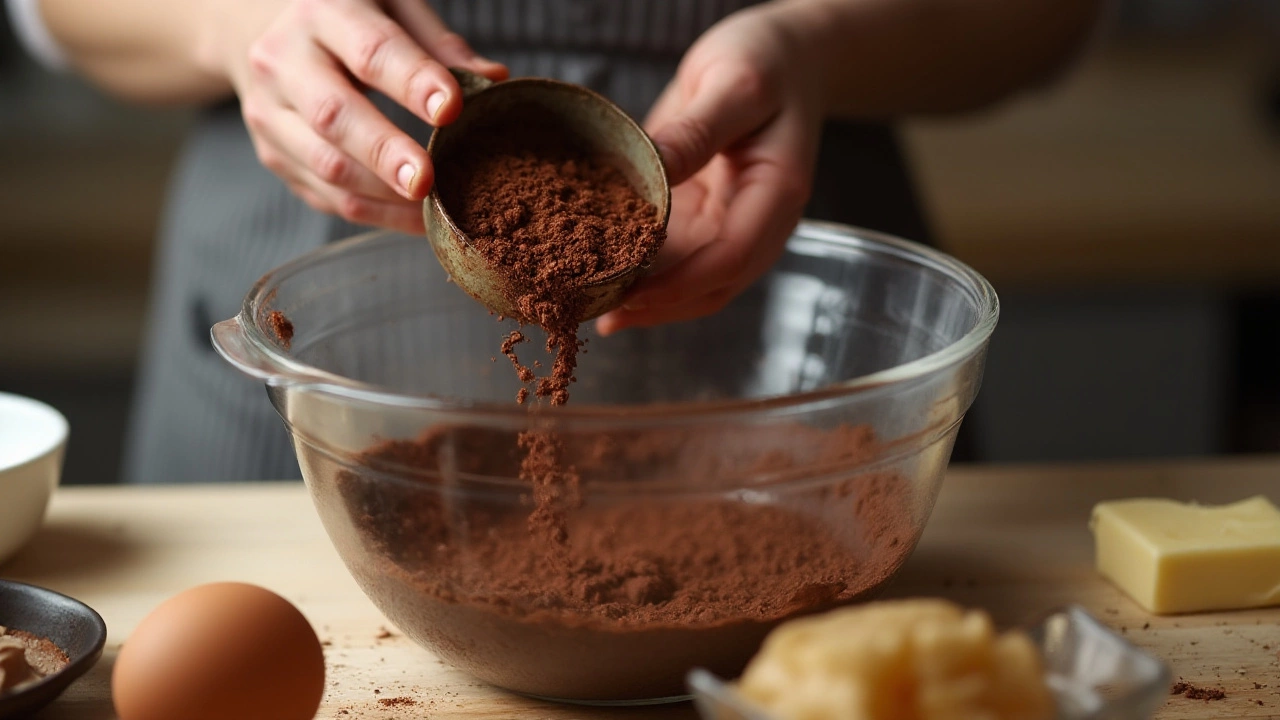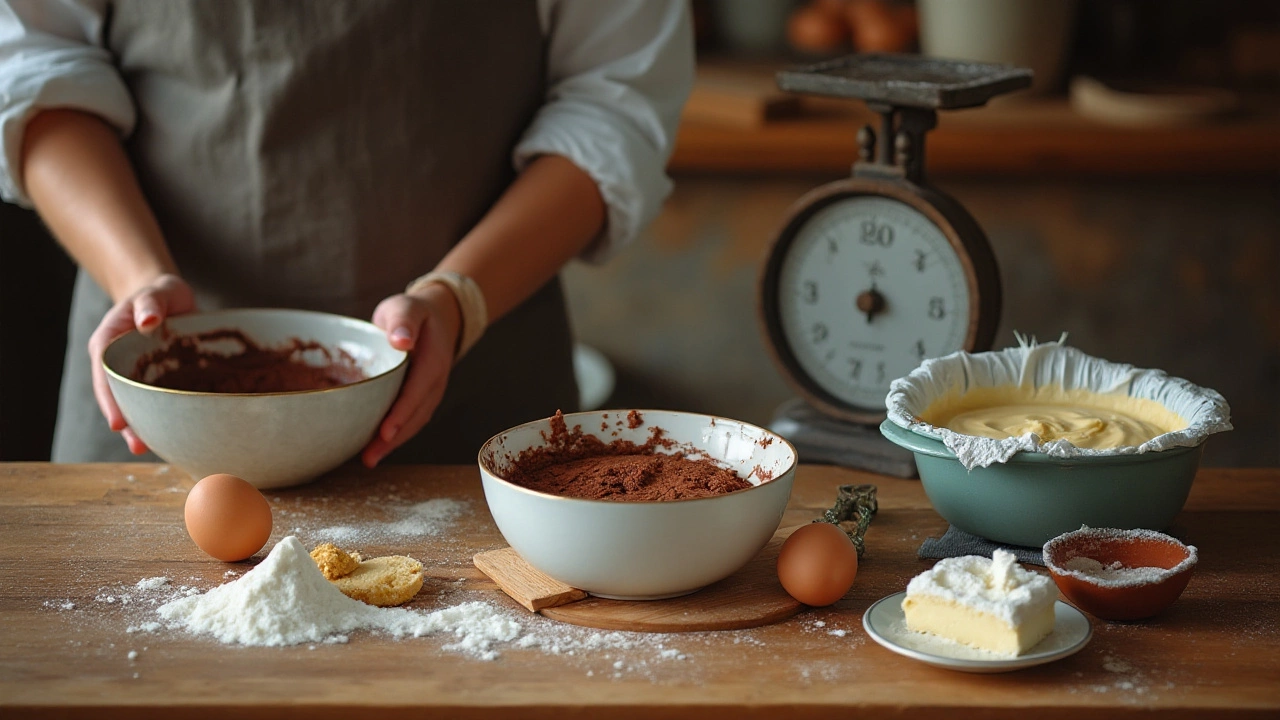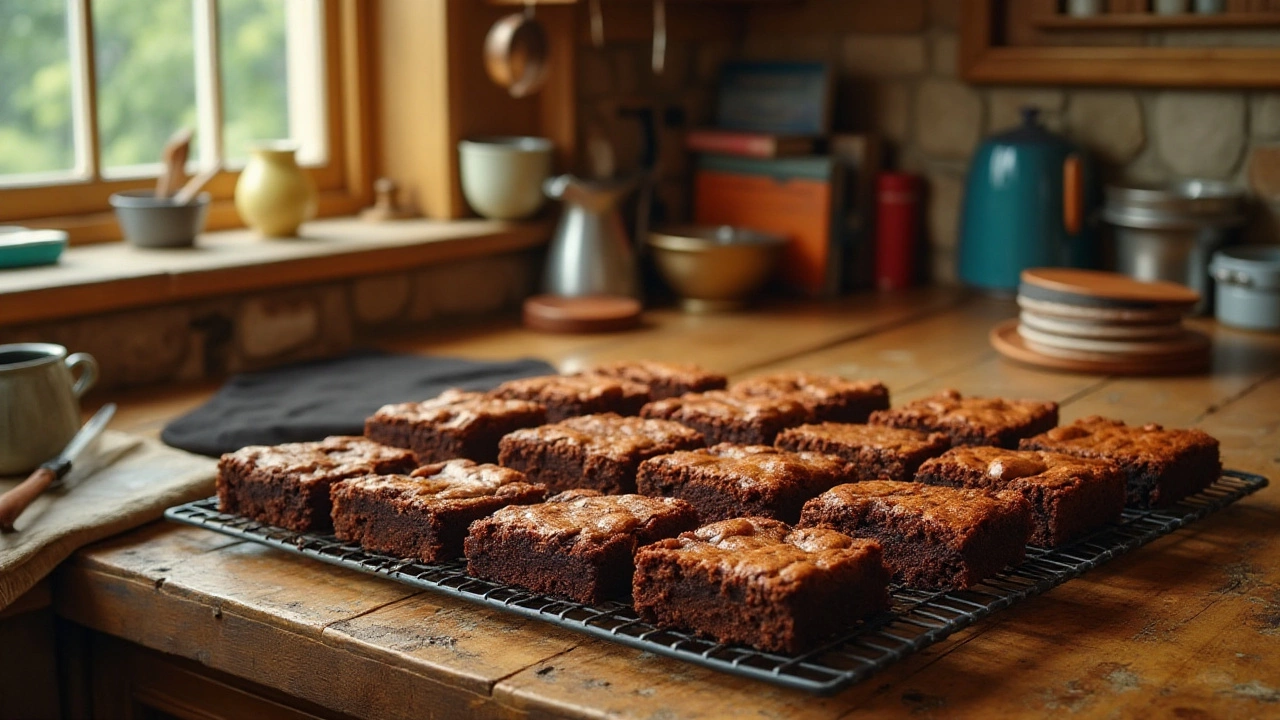Brownies – Simple Secrets for Fudgy, Chewy, and Long‑Lasting Treats
Brownies are the go‑to comfort food for many of us. Whether you like them dense and chocolatey or light and cakey, the basics stay the same: good chocolate, butter, sugar, eggs, and a little flour. In this guide we’ll break down the steps that make brownies turn out right the first time, how to avoid the common slip‑ups, and the best ways to store them so they stay moist for days.
How to Bake the Best Brownies Every Time
Start with high‑quality chocolate. Melt it gently with butter over a low heat or in short bursts in the microwave. This keeps the fat from separating and gives a glossy batter. Once melted, let the mix cool just enough that a spoon won’t melt the sugar when you stir it in. Whisk sugar and eggs together until the mixture looks a bit pale and thick – this adds air and makes the crumb tender. Add the chocolate‑butter blend, then sift in flour and a pinch of salt. Fold gently; over‑mixing creates a tough texture.
One of the biggest brownie myths is that you must bake them “wet” in the pan. In reality, a well‑greased or parchment‑lined pan does the job. Bake at 350°F (180°C) for 20‑25 minutes for a fudgy center, or a few minutes longer if you prefer a more cake‑like bite. The edges should be set and slightly crisp, while the middle still jiggles a little when you tap the pan – that’s the sign of a moist interior.
Storing and Reviving Brownies for Maximum Freshness
Cool brownies completely on a wire rack before you wrap them. If you cover them while still warm, steam will make the crust soggy. Once cool, place a sheet of parchment between layers and store the stack in an airtight container. At room temperature they stay soft for up to four days. For longer storage, freeze individual squares wrapped in foil or plastic wrap, then toss them in a zip‑bag. They’ll keep for three months and thaw quickly in the microwave.
If a brownie feels dry after a few days, a quick fix is to brush the top with a bit of simple syrup or drizzle melted chocolate before reheating for 15 seconds in the microwave. The extra moisture revives the crumb without making it soggy. Also, remember that brownies improve in flavor after a night in the fridge – the chocolate settles and the texture becomes even richer.
Beyond the classic version, you can add nuts, caramel swirls, or a scoop of peanut butter before baking. For a gluten‑free twist, swap regular flour for a blend of rice and potato starch; the result is just as tender. Whatever variation you try, keep the basic bake time and cooling steps the same, and you’ll end up with brownies that taste like they came from a bakery.
So next time you’re craving that chocolate fix, follow these simple steps, store the leftovers right, and you’ll have perfect brownies ready whenever the mood strikes. Happy baking!

